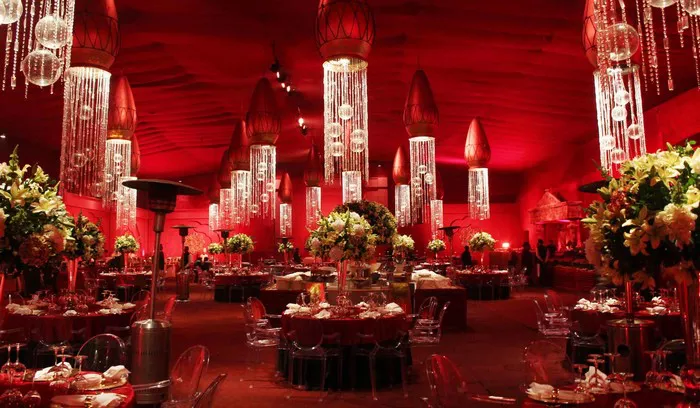In an era of globalization and cultural blending, couples are increasingly incorporating ancient marital traditions into contemporary weddings, creating rich hybrid ceremonies that honor heritage while feeling personally meaningful. From Celtic handfasting to Hindu seven steps, from Jewish breaking of the glass to Yoruba tasting of the four elements, these time-honored rituals are experiencing a renaissance as couples seek deeper significance in their ceremonies.
Anthropologists note this trend reflects several cultural currents: third- and fourth-generation immigrants rediscovering ancestral traditions, interfaith couples blending ceremonies in intentional ways, and a broader societal search for meaning beyond commercialized wedding norms. Wedding officiants report that 73% of couples now request at least one ritual not native to their primary culture, up from just 22% a decade ago.
The adaptation of these rituals often involves creative reinterpretation. A Japanese-American couple might incorporate the san-san-kudo (three-three-nine) sake-sharing ritual into a otherwise Western ceremony, while a pair of Scandinavian descent might include a Viking-era sword ceremony where family members “gift” swords to protect the new union. One particularly creative couple combined the Filipino cord-and-veil ceremony with a Native American blanket ritual, symbolizing both the binding and warming of their lives together.
This ritual revival is creating new demand for cultural consultants who can help couples understand and respectfully adapt traditions. It’s also influencing mainstream wedding aesthetics—decor elements like mandapas and chuppahs have crossed over into non-traditional weddings, while henna artists now frequently work at weddings without South Asian heritage.
Psychologists suggest this trend satisfies a deep human need for connection to history and community during life transitions. As one bride who incorporated a traditional West African libation ceremony explained, “There was something powerful about knowing generations of couples before us had begun their marriages this way. It made our modern love feel part of something timeless.” This blending of ancient and contemporary may represent the future of weddings—ceremonies that are both personally expressive and culturally rooted.


